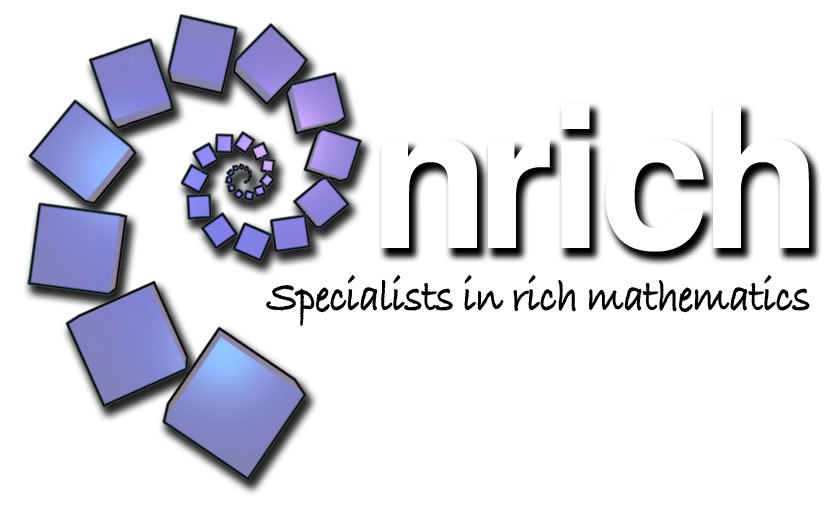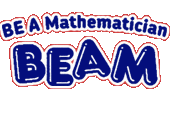Position and Direction
This collection of resources supports the teaching of Position and Direction in primary mathematics. These activities are linked to the year groups containing the corresponding content in the National Curriculum.
Here are some favourite activities selected by the NRICH team.
-
Tangram Tangle (Y1) If you split the square into these two pieces, it is possible to fit the pieces together again to make a new shape. How many new shapes can you make?
-
School Fair Necklaces (Y2) How many possible necklaces can you find? And how do you know you've found them all?
-
Eight HIdden Squares (Y4) On the graph there are 28 marked points. These points all mark the vertices (corners) of eight hidden squares. Can you find the eight hidden squares?
-
Transformations on a Peg Board (Y5) How would you move the bands on the pegboard to alter these shapes?
-
Coordinate Tan (Y6) What are the coordinates of the coloured dots that mark out the tangram? Try changing the position of the origin. What happens to the coordinates now?
These are just a few of the activities on Position and Direction that you can find on the NRICH curriculum pages.
The activities below, taken from the STEM Learning website, complement the NRICH activities above.
- ALL
- Teacher guidance
- Video
- Game
- Interactive resource
- Activity sheet
Teacher guidance
Shape and Space Activities
Page 14 is an activity carried out in pairs which helps children describe and visualise 2-D shapes. A suggestion for extension is to create a mirror image of the pictures. Children could create their own pictures using 2-D shapes and write instructions for how to create them, This activity also helps children learn about position, direction and making clockwise and anticlockwise turns.
Video
Shape and Space
Outdoor learning always motivates children so the shape hunt idea is perfect for Year 1 learning to recognise shapes in the outdoor environment. A shape sorting activity helps assess the children's learning of shapes and their properties.
Making shapes with elastic bands is a great way of identifying and describing 2-D shapes and can be used as a paired activity with children challenging each other to create different shapes.
The first 6 minutes of this video show how children are guided into constructing 3D shapes from 2D diagrams using drinking straws and modelling dough. This is a great way of learning about the properties of 3D shapes, including faces, edges and vertices and also a great way of assessing this learning.In the plenary, children play a game where they listen to the properties of a shape being described including the shape of the faces. Though done with a Year 3 class this idea could be adapted for Year 2.
Angles - Pirate's Lost Treasure
This video presents a short drama in which Pirate Kate has lost her map and needs to find her hidden treasure. She reads out a series of directions, each of which involves using her compass to face north, turning a set number of degrees and walking forward a number of metres in the new direction. The instructions are then repeated and displayed on screen and students are challenged to draw the treasure map. To find the buried treasure, students need to use their knowledge of geometry, degrees and angles.
Game
Faces Co-ordinates
Based on the game of battleships, this activity is an effective way of practising grid references and co-ordinates. Children take it in turns to roll two dice and place a counter on the board; the faces of the dice determine the co-ordinates where their counter can go.
Included in the activity are instructions on how to play and two game-boards, each with a grid of 36 faces. One board contains numeric grid references on the y axis and letters along the x axis, the second board has only numeric grid references.
Transformation golf
In this interactive golf game the player has to get the ball in the hole by choosing the most effective geometric transformations to beat the target score for each hole.
There are two versions of the game. Transformation golf 2 has an option for players to restart individual holes, allowing students to improve their strategy.
The ball can be moved by translation; rotation through 900 about the origin or reflection in the x and y axis.
Interactive resource
Interactive Teaching Programs 1
The Coordinates ITP is a great way of demonstrating and exploring the coordinates of points on different grids. Points can be marked and lines and shapes drawn. using one, two or four quadrants. Use it to demonstrate and predict where a shape may be after translation, rotation or reflection in the different quadrants.
Activity sheet
Symmetry
This resource comprises a series of activities linked to reflective symmetry. Children identify lines of symmetry in 2-D shapes by folding them. It also looks at pictures of different objects asking children to spot lines of symmetry. There is an activity where children complete pictures reflected in a mirror line.
Shape Games for Students Aged 9-11
These three games provide opportunities for students to practise and consolidate their knowledge and understanding of shape and space. They are:
*Angles - identifying right, acute and obtuse angles in shapes
*Coordinates grid game - generating co-ordinates in the first quadrant with a dice to make straight lines
*Name that shape - naming shapes after using dice to reach a co-ordinate location on a grid.








